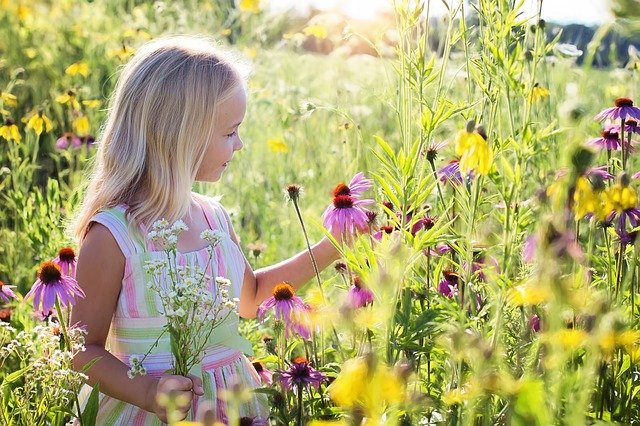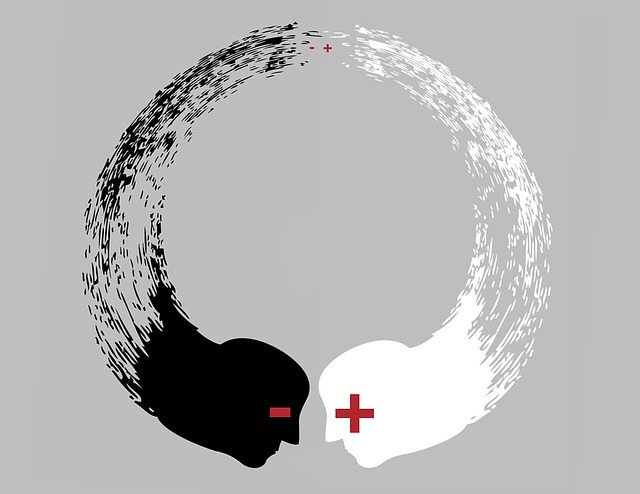In a previous post, I discussed Hugh Van Cuylenburg’s book, Let Go: It’s time to let go of shame, expectation and our addiction to social media. In that discussion, I highlighted Hugh’s very strong conviction that vulnerability leads to authentic connections, which are essential for positive mental health. This conviction led to the creation, with his brother Josh and Ryan Shelton, of a podcast titled The Imperfects. Interestingly, the first episode of the podcast involved an extended interview with Missy Higgins.
Hugh chose Missy Higgins for this first episode because he had noticed on her Instagram that she was reading Johann Hari’s book, Lost Connections: Uncovering the Real Causes of Depression. This choice proved a masterstroke as it set the foundation for subsequent episodes where people were encouraged to share their vulnerabilities and struggles. Missy Higgins proved to be disarmingly honest, open and highly vulnerable.
Missy Higgins – disclosing vulnerabilities
There were a number of key areas of her life that Missy Higgins explored with Hugh in the podcast (August, 2019), which was titled, Quitting Music, Depression & Connection. Here are some of the vulnerabilities she discussed:
- Depression – Missy Higgins explained that she had suffered from depression, on and off, for most of her life – she started seeing a therapist in year 11 after she became paralysed by overwhelm and collapsed. This led to her medically-prescribed use of anti-depressants which she needs to go back to occasionally. Missy Higgins explained that the medication enabled her to continue to do things that are good for her health such as practising mindfulness, exercising and connecting with friends and family (rather than isolating herself, a tendency reinforced by her introverted personality). Johann Hari reinforced the value of connections and showed that there are seven social factors that exist today that represent lost connections and lead to depression and anxiety.
- The images portrayed in magazines and social media – Missy Higgins found that the messages from social media, such as “you are not good enough”, contributed to her depression. She indicated that women are particularly prone to these messages that communicate unrealistic and contradictory expectations, such as “you must be fit, curvy and thin”. She felt under incredible pressure to “look good” all the time, stay thin and avoid going grey as she aged. Missy Higgins referred to the absence of authentic role models to counteract the influence of perfect women portrayed through filters and “Photoshop”, which enables subscribers to “retouch and remix pics”.
- Journalists’ pressure to expose her sexuality – Missy Higgins is an introvert and by nature a very private person. However, journalists insisted on her disclosing her sexual preferences which was detrimental to her mental health and quite traumatic at a time when she was trying to work out her sexuality herself. She noted that they were trying to “squeeze this vulnerable, personal information out of her”. The constant harassment by journalists took its toll on her mental health. Eventually, when she was ready, she disclosed that she was “bisexual”. In a recent interview with Anh Do she stated that discussing her sexuality now was “really easy for me, because I don’t have anything to hide”.
- Parenting challenge – In a follow-up podcast interview (June, 2021) Missy Higgins spoke earnestly about how “emotionally exhausting” parenting two children was for herself and her husband, Dan. She admitted that her children don’t like the food she cooks and hate to hear her sing at home (her source of sanity and happiness in the house!). Her son dislikes her favourite song, Special Two, and does everything possible to disturb and distract her when she is trying to compose songs on the piano. Missy Higgins noted that “you don’t get much back” in “appreciation and reciprocity” from children, especially when they are young. She stated that the difficulties with children and their behaviour are compounded when parents bring different “parenting styles” to a marriage so much so that she and Dan “can’t stand to be around each other” when the children are playing up. Missy Higgins also observed that the “emotional overload” of parenting was exacerbated by the pandemic lockdown in Melbourne, leading to what has been described as “emotional inflammation”.
Turning points in Missy Higgin’s life
In the podcast, Missy Higgins described a number of key turning points in her life when she was at her lowest level of energy and mental health:
- Touring in the US: Missy Higgins toured America for two and a half years in her early twenties to promote her songs on behalf of her record label at the time, Warner Brothers. The experience, which included performing 260 concerts in a year, left her miserable and lonely. Her loneliness resulted from loss of connection to family and friends in Australia and the pressures from her recording agent who were focused on achieving higher rankings for her songs on the music record charts and resultant increased revenue. Added to this, was the pressure to write songs that were not true to her preferred type of music with its authenticity and openness.
- Missy Higgins returned to Melbourne but found she was ill-at-ease in her home town. She needed to escape from “prying eyes” and the artificiality of her life in America. In 2006, Missy Higgins moved to Broome in Western Australia, the gateway to the Kimberley considered one of the great wildernesses of the world. Broome is noted for its multiculturalism, camel rides on the beach at sunset, thriving foodie scene, natural wonders and a pearl farm. Missy Higgins found that people in Broome were non-judgmental, treated each other “as humans” and were very linked to nature through their language and behaviour. She stated that the constant exposure to the elements, such as monsoons, made you realise “how small your are”. She was able to nourish herself through pursuits such as camping, bushwalking and “sitting on the beach under stars”. After 8 months, she was able to return to Melbourne.
- Experiencing writer’s block: After returning from Broome to Melbourne, Missy Higgins hired a flat and set up her piano and guitars to concentrate on writing songs. She had experienced writer’s block and was trying to find a way to regain inspiration and energy for writing. So she adopted the approach of people like Nicholas Cage and dressed for work each morning and worked a nine to five day on her writing. However, this approach did not work for her. She told her manager that she could no longer compose songs and that he was not to bring performance offers to her. However, after 12 months of this imposed silence, he took the risk to present her with an offer that was too good to refuse.
- Missy Higgins had received an offer from Sarah McLachlan to join her on a resurrected “Lilith Fair” tour in the US in mid-2010. The Lilith Fair tours were a massive hit from 1997-1999, involving all-female festival performers and generating millions of dollars for charities. Missy Higgins decided to join the tour and found that her positive feelings about composing songs came back to her. She had dismissed writing songs and singing as a selfish pursuit that did nothing to make a difference in the world. However, her fans reaction to her performances with Sarah in the US, provided endless “gratitude stories” and appreciation for how her songs over the years had made such a difference in their lives. Missy Higgins realised then and there that her life purpose and contribution to the world flowed from writing and performing songs that communicated down-to-earth, honest feelings.
- Avoiding criticism on social media – Missy Higgins admitted that she has always been sensitive to criticism. There was a period before she went to Broome where she would spend a lot of time on social media and become obsessed about people leaving negative comments about her band, its composition and related decisions. She became overwhelmed by the negativity because she tended to ignore the compliments and focus only on the negative (our brains have a negative bias). Missy Higgins was so devastated by the negativity towards her that she did not leave the house. Her manager, however, insisted that she had to get away from social media and stop looking for negative criticism. He told her, “You are going to keeping reading until you find something negative” and reinforced the view that she had a tendency to hold onto the negative. Missy Higgins stated in the podcast interview that she has “never read anything since” and this commitment was reinforced through her time in Broome.
Reflection
Missy Higgins contended “it’s a very radical act to show yourself and to love yourself” in the current social climate where everything and everyone is curated to show their “best self”. She stated that as a performer she still has a “persona” that she puts forward in her performances. Hugh suggested that the lyrics of her songs expressed vulnerability. Missy Higgins responded by saying that “there is a huge difference between vulnerable in your lyrics and being vulnerable in person”. She commented that lyrics can be shrouded in metaphor, mystery and abstraction.
Missy Higgins suggested that over time you can develop a mindset of “I have nothing to be ashamed of”, which opens the way to mutual sharing of vulnerability with another person. She maintains that mutual vulnerability results in a “beautiful communion where both of you are recognising that you are just human” – thus acknowledging the shared human condition, vulnerability and the inability to keep everything together all the time. Her friendship with Hugh is one example of this “beautiful communion”. I found that being exposed to her vulnerability through The Imperfects motivated me to listen more often to her songs. I started with the video of her live performance on the forecourt of the Sydney Opera House in 2019. I immediately found that her songs, performance and commentary had new meaning and significance for me – a new level of communion and understanding between artist and fan.
People have commented that one of the things that appeals about The Imperfects podcast is the deep friendship that is evident between Hugh, Josh and Ryan. This comment reinforced Hugh’s conviction that vulnerability builds authentic connection and friendship. Each of the key hosts of the podcast series have individually shared their own vulnerability in addition to adding self-disclosure to the interview responses of guests. Hugh strongly encourages anyone to find someone to share their vulnerability with – a friend, family member, colleague, therapist – whoever they can trust with this precious, personal sharing. Missy Higgins stated that being personally vulnerable overcomes the exhausting task of avoiding disclosing anything personal.
We can increase our self disclosure and vulnerability as we grow in mindfulness because we are able to develop a balanced perspective that recognises that we all share a vulnerable human condition that is uncertain and somewhat frightening. Missy Higgins wrote a song about this common condition and the fact that everything is going so fast. In introducing the song We Run So Fast during a TED× Talk, she advocated “just sitting still” and “letting time envelop you”.
_____________________________
Image by Terri Sharp from Pixabay
By Ron Passfield – Copyright (Creative Commons license, Attribution–Non Commercial–No Derivatives)
Disclosure: If you purchase a product through this site, I may earn a commission which will help to pay for the site, the associated Meetup group, and the resources to support the blog.







